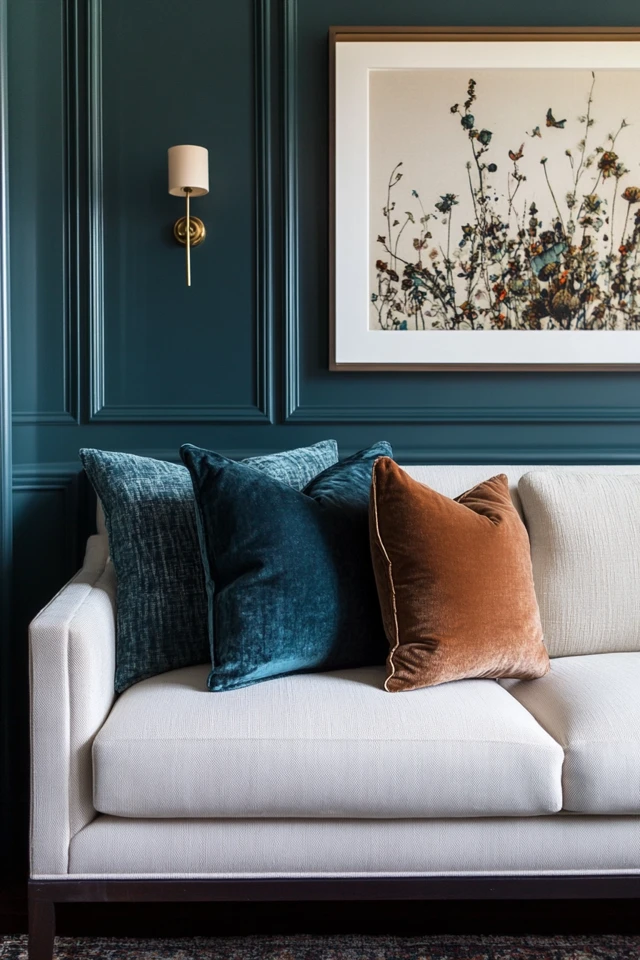Introduction
When you walk into a beautifully designed space, it often feels effortless—everything seems to belong exactly where it is. But what makes a room feel dynamic, alive, and multidimensional? The secret lies in layering. By combining different textures, colors, patterns, materials, and decor elements, layering brings depth and personality to a room, transforming it from flat and lifeless to inviting and full of character.
I discovered the magic of layering while redecorating my living room. Initially, it felt cold and uninviting—just a sofa, a coffee table, and a rug. Then, I added a chunky knit throw, a stack of books, textured pillows, a patterned area rug, and a few plants. The transformation was incredible. Suddenly, the room felt warm, cozy, and like a true reflection of me. That experience taught me that layering isn’t about clutter—it’s about intentional choices that work together to create a cohesive and engaging space.
Whether you’re designing a minimalist haven, a cozy retreat, or a bold and eclectic room, layering is the key to bringing your vision to life. In this guide, I’ll show you how to master the art of layering to create a dynamic room that feels complete and uniquely yours.
The Perfect Design for You
Layering is perfect for anyone looking to elevate their space, whether it’s a single room or an entire home. It works for all design styles, from minimalism to maximalism, and is especially effective for spaces that feel too sterile, one-dimensional, or lacking in warmth.
Imagine a bedroom with soft, neutral bedding layered with patterned pillows, a textured blanket, and a plush area rug underfoot. Or a dining room where a rustic wooden table is complemented by mismatched chairs, a linen runner, and a collection of candles and vases. These thoughtful layers make the space feel intentional, welcoming, and visually interesting.
The beauty of layering lies in its flexibility—it’s not about following strict rules but about experimenting with textures, patterns, and colors to create depth. Layering helps you tell your story, making your home feel personal and inviting.
Picture Gallery
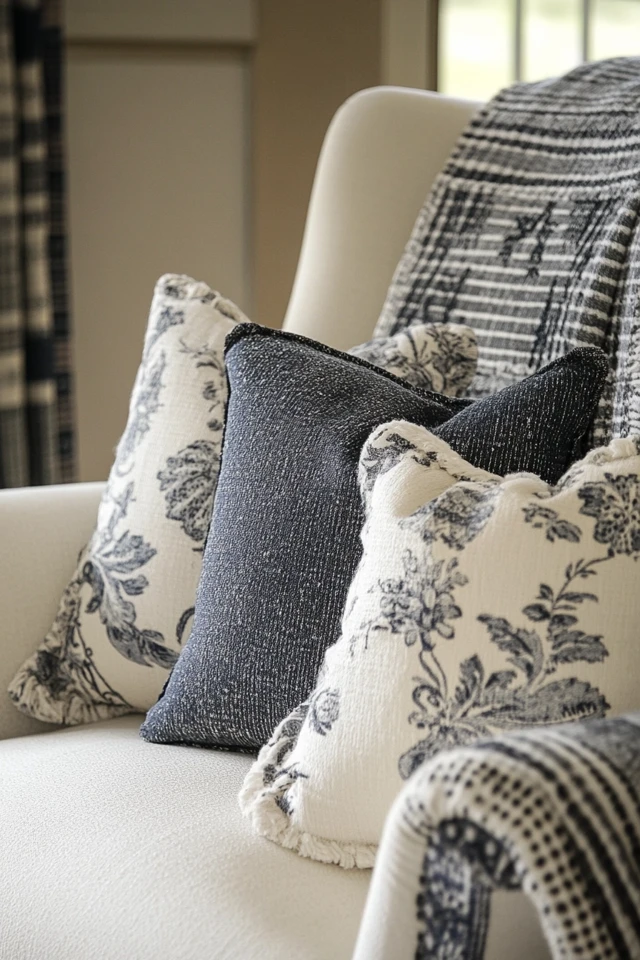
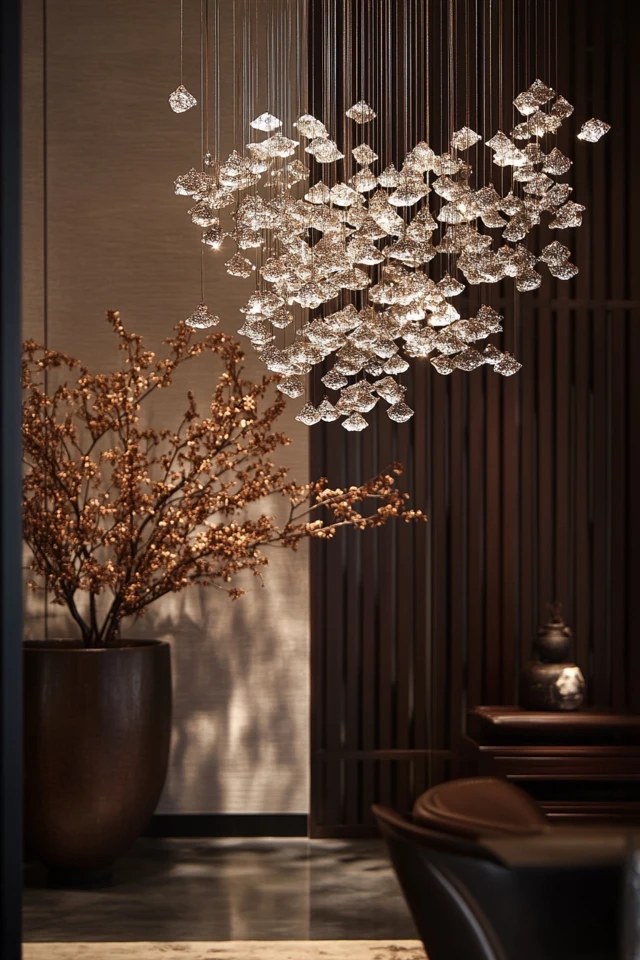
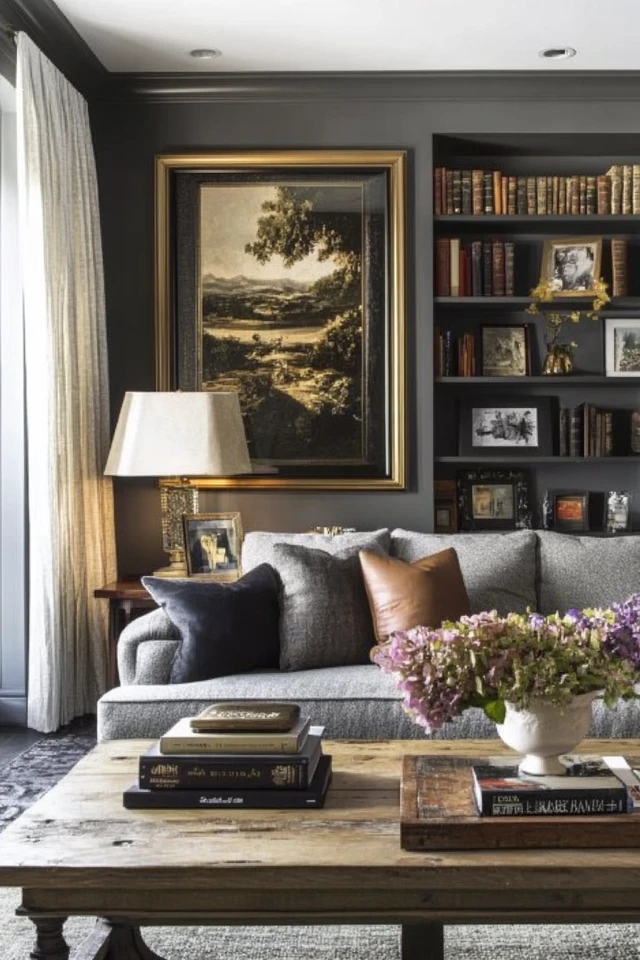
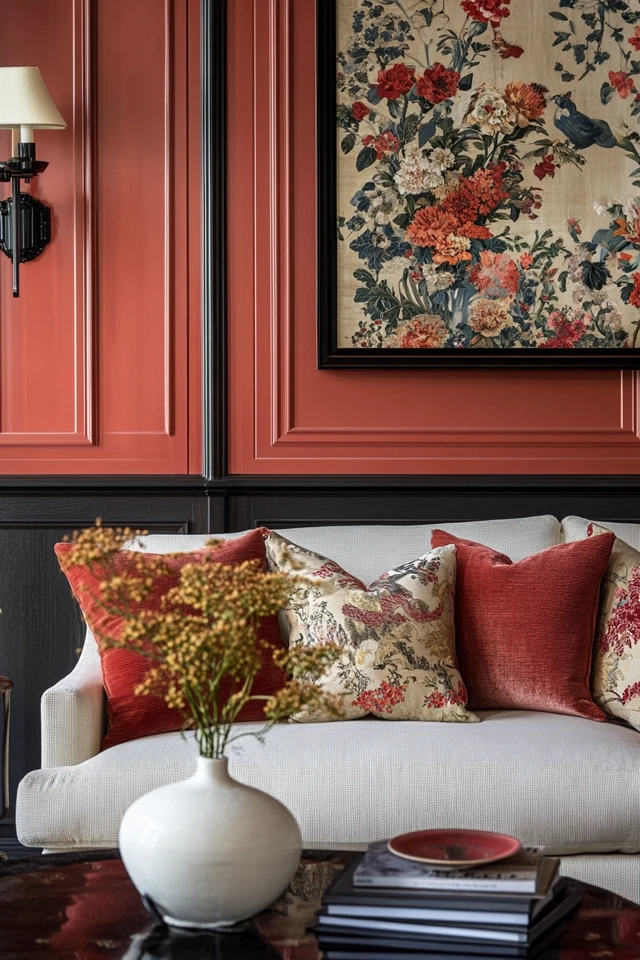

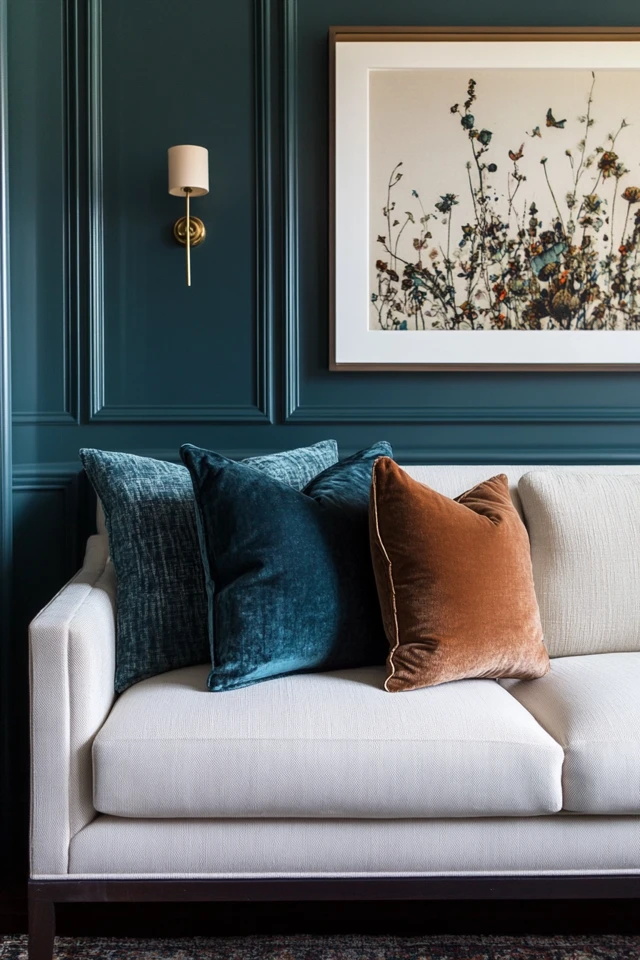
Why These Key Elements Work So Well Together
Designing with layers works because it adds depth, balance, and personality to your space. Here’s why the key elements of layering come together so effectively:
- Depth: By combining textures and materials, you create visual interest that draws the eye and keeps the space from feeling flat. For example, layering a woven jute rug over a larger neutral rug adds depth to the floor.
- Contrast: Contrasting textures, colors, and shapes create balance and excitement. For instance, pairing a sleek leather sofa with soft velvet pillows adds a tactile dynamic.
- Cohesion: Despite the variety, layering works best when the elements share a unifying theme, such as a consistent color palette or design style.
- Comfort: Layering textiles like throws, pillows, and rugs adds coziness and makes the space feel more inviting.
- Storytelling: Each layer tells a part of the story—whether it’s a vintage rug from your travels or books stacked on a side table, layers give your room personality and meaning.
Studies in evidence-based design highlight how layered spaces stimulate the senses and create environments that feel emotionally enriching. This makes layering not just a stylistic choice but also a way to foster well-being in your home.
How to Design with Layers for a Dynamic Room Feel: Step-by-Step
1. Start with a Base
- Begin with the foundational elements of the room, such as walls, flooring, and large furniture. Neutral tones or simple materials work well as a backdrop for layering.
2. Add Anchor Pieces
- Introduce one or two standout pieces to serve as focal points, such as:
- A bold area rug.
- A large piece of artwork.
- A statement sofa or bed.
3. Layer Textures
- Mix a variety of textures to add depth:
- Combine smooth materials (e.g., glass or metal) with rough textures (e.g., wood or stone).
- Layer soft textiles like velvet, linen, or faux fur with harder surfaces like polished furniture.
4. Play with Patterns
- Introduce patterns in rugs, pillows, or curtains to add energy. Mix patterns thoughtfully:
- Use a large-scale pattern with smaller, more subtle designs.
- Stick to a cohesive color palette to prevent clashing.
5. Incorporate Color Gradients
- Layer shades of the same color for a harmonious look or use contrasting colors to make the layers pop. For example:
- Layer light gray, charcoal, and black for a tonal effect.
- Pair a bold accent color like mustard yellow with neutral whites and grays.
6. Introduce Functional Layers
- Use functional elements as part of the design, such as:
- Shelving to display books and decor.
- A mix of lighting types (e.g., floor lamps, table lamps, and string lights).
7. Add Decorative Accents
- Layer smaller decor items to complete the look:
- Place a tray on a coffee table with candles and a small plant.
- Stack books or magazines with a decorative object on top.
- Layer artwork by leaning framed prints against the wall behind smaller pieces.
8. Finish with Greenery
- Plants add a natural layer of texture and color. Use a mix of sizes, from large floor plants to smaller potted succulents on shelves or tables.
9. Step Back and Edit
- Assess the overall look. Remove anything that feels cluttered or unnecessary, ensuring the layers feel intentional and balanced.
FAQ
1. What is layering in interior design?
Layering is the process of combining different textures, patterns, colors, and decor elements to add depth, personality, and visual interest to a room.
2. How do I avoid over-layering and creating clutter?
Focus on quality over quantity. Start with a few key layers and build slowly, leaving negative space to balance the design.
3. Can I layer in small spaces?
Absolutely! Use lightweight materials, subtle patterns, and a limited color palette to avoid overwhelming the space while still adding depth.
4. What’s the best way to layer colors?
Stick to a cohesive palette. Use a mix of shades and tones for subtle variation or introduce one bold color to stand out against neutrals.
5. How do I layer on a budget?
Shop secondhand, use DIY decor, and repurpose items like blankets, baskets, or books you already own to create affordable layers.
Variations
- Minimalist Layers: Focus on a monochromatic palette with subtle textures, like a linen throw, a wool rug, and a ceramic vase for a clean yet layered look.
- Maximalist Approach: Combine bold patterns, vibrant colors, and eclectic decor for a dynamic, high-energy space.
- Rustic Charm: Use natural textures like wood, stone, and woven textiles layered with soft, earthy colors for a cozy, farmhouse-inspired vibe.
- Modern Glam: Layer sleek metallics, rich velvet textiles, and glass accents for a luxurious, polished look.
- Bohemian Vibes: Mix and match patterns, vintage textiles, and handmade items for a free-spirited, layered aesthetic.
How to Showcase It
- Living Rooms: Layer rugs, throw pillows, and decorative accents to create a cozy and inviting seating area.
- Bedrooms: Use layered bedding with a mix of textures and patterns, adding a throw blanket and accent pillows for a luxurious feel.
- Dining Rooms: Layer table settings with placemats, runners, stacked dishes, and centerpieces to create a dynamic tablescape.
- Home Offices: Incorporate layered shelves with books, plants, and framed art to make your workspace functional yet stylish.
- Outdoor Spaces: Use layered seating with cushions and blankets, paired with potted plants and lanterns, to create a warm and inviting patio or balcony.
Occasions to Feature It
- Housewarming Parties: Showcase your layered design with a cozy, welcoming atmosphere that reflects your style.
- Seasonal Updates: Refresh your layers seasonally with warm, rich textures in fall or light, airy accents in spring and summer.
- Holiday Gatherings: Add festive layers with seasonal decor, like holiday-themed pillows, throws, or table settings.
- Everyday Comfort: Use layered rugs, textiles, and lighting to make your space feel warm and inviting all year round.
- Creative Retreats: Design layered nooks with textured seating, soft lighting, and decorative elements to inspire relaxation or creativity.
Conclusion
Designing with layers is one of the most effective ways to create a dynamic, visually rich, and inviting space. By combining textures, patterns, colors, and decor elements, you can transform even the simplest rooms into a reflection of your personality and style.
The beauty of layering lies in its versatility. Whether you’re drawn to minimalist neutrals or bold, eclectic designs, layering allows you to experiment and create depth without overwhelming the space. Remember to start with a strong foundation, add intentional layers, and step back to edit for balance and cohesion.
So go ahead—layer your favorite throws, stack your books, and mix textures to your heart’s content. With these tips, you’ll create rooms that feel complete, comfortable, and full of character. Your home is your canvas—make it a masterpiece of dynamic design!

